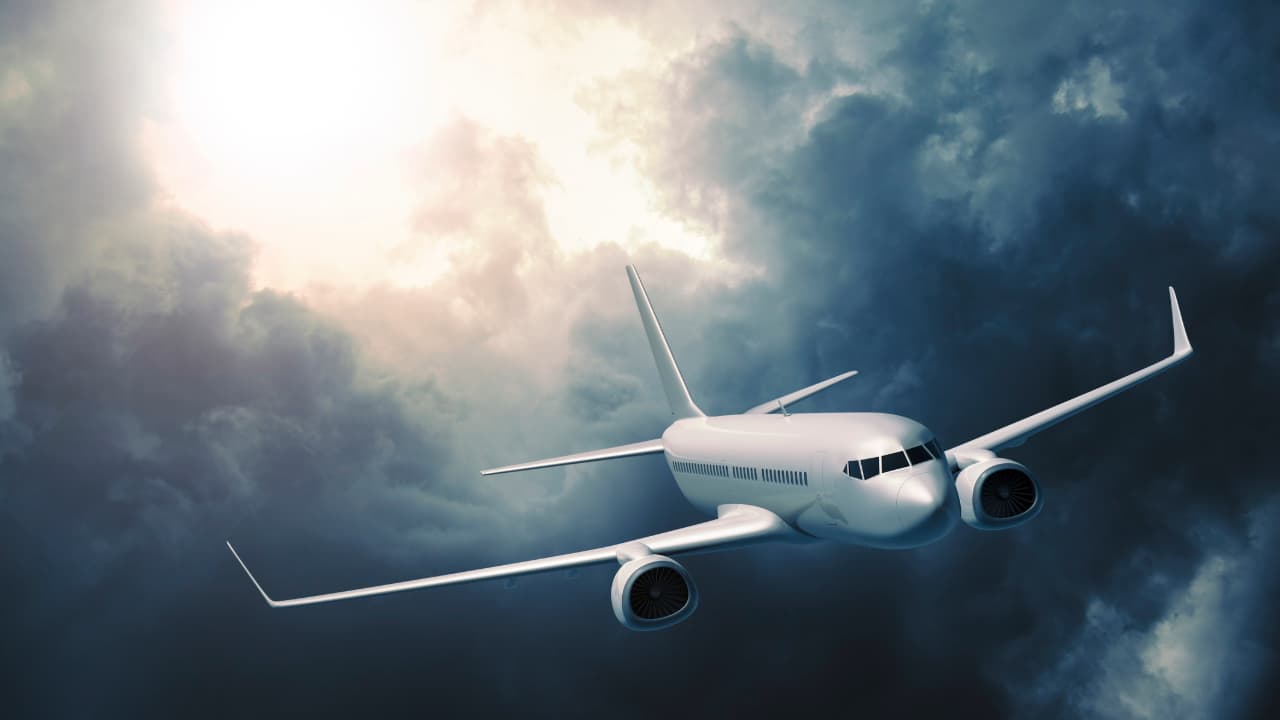Air turbulence, a leading cause of in-flight injuries, is increasing due to climate change. Stronger jet streams and temperature differences create more clear-air turbulence. Learn how it impacts flight safety and what can be done to mitigate risks.
If air turbulence makes you anxious, here’s something important to know. New reports suggest that air turbulence is becoming more frequent, and climate change is a major factor behind this. Turbulence is more than just an uncomfortable part of flying, it’s actually the leading cause of weather-related injuries on airplanes. Although such injuries have become rare, some incidents have been serious enough to make news. For example, one Air Europa flight last year left 40 passengers injured.
What is the Real Danger?
According to John Abraham, an engineering professor, modern airplanes are built to withstand turbulence. The real danger is not the plane breaking apart but it’s people getting hurt, especially those not wearing seatbelts or cabin crew moving around the cabin.
Rough turbulence also called “severe” turbulence can push the plane with a force 1.5 times stronger than gravity. Airplanes are required to inspect the aircraft for any possible damage after severe turbulence. This kind of turbulence happens around 5,000 times a year over the US alone. Since pilots have to adjust altitude or route to avoid rough air, fuel usage also increases during turbulence.
How is Climate Change Causing More Turbulence?
There are three main types of turbulence:
1. Convective turbulence – caused by rising or falling air in clouds or storms.
2. Mountain wave turbulence – happens when air flows over mountain ranges.
3. Clear-air turbulence (CAT) – the most dangerous type, because it can’t be seen, even by radar. It happens near jet streams, those fast-moving air currents high up in the sky where planes often cruise, about 10 to 12 km above the Earth.
The tropical regions are getting warmer with increasing temperatures more than the polar regions. This increases the temperature difference between different parts of the atmosphere, which in turn makes jet streams faster and more unstable. The result? More wind shear (sudden changes in wind direction and speed), which triggers more clear-air turbulence.
Mohamed Foudad, a scientist from the University of Reading in the UK, studied turbulence patterns between 1980 and 2021. His research shows that turbulence has increased across many parts of the world, including the North Atlantic, North America, East Asia, the Middle East, and North Africa, with some areas seeing jumps of 60% to 155%. He and his team also linked these increases directly to greenhouse gas emissions.
What Can We Expect in the Future?
Turbulence used to be more common in the season of winter. However, due to climate change, it has significantly increased in summer and autumn. A study in 2023 found that for every 1°C of global warming, the North Atlantic could see a 9% increase in moderate turbulence during winter and a 14% increase during summer. Climate change is also making thunderstorms stronger, which adds to the risk of in-flight turbulence.
To make flights safer, scientists and airlines are working on several solutions. Better flight planning is required to avoid known turbulence hotspots. New technologies can be used, like onboard LIDAR, which uses laser beams to scan the air ahead and spot turbulence before the plane hits it. But according to researchers, the most important solution is flighting climate change in the first place.
Aviation contributes about 3.5% of all human-caused global warming, and while airlines are starting to explore cleaner fuels and greener technologies, progress has been slow. As Foudad says, the best long-term fix is to reduce greenhouse gas emissions, not just to protect the planet, but also to make flying safer and smoother for everyone.
Source: Read more at Phys.org
